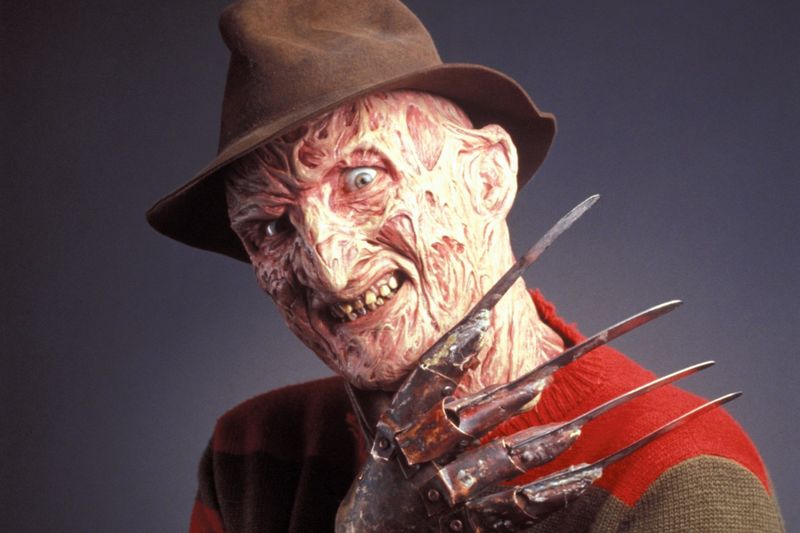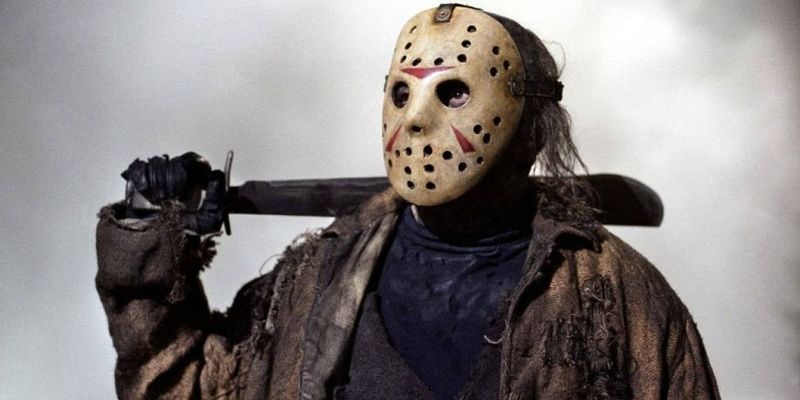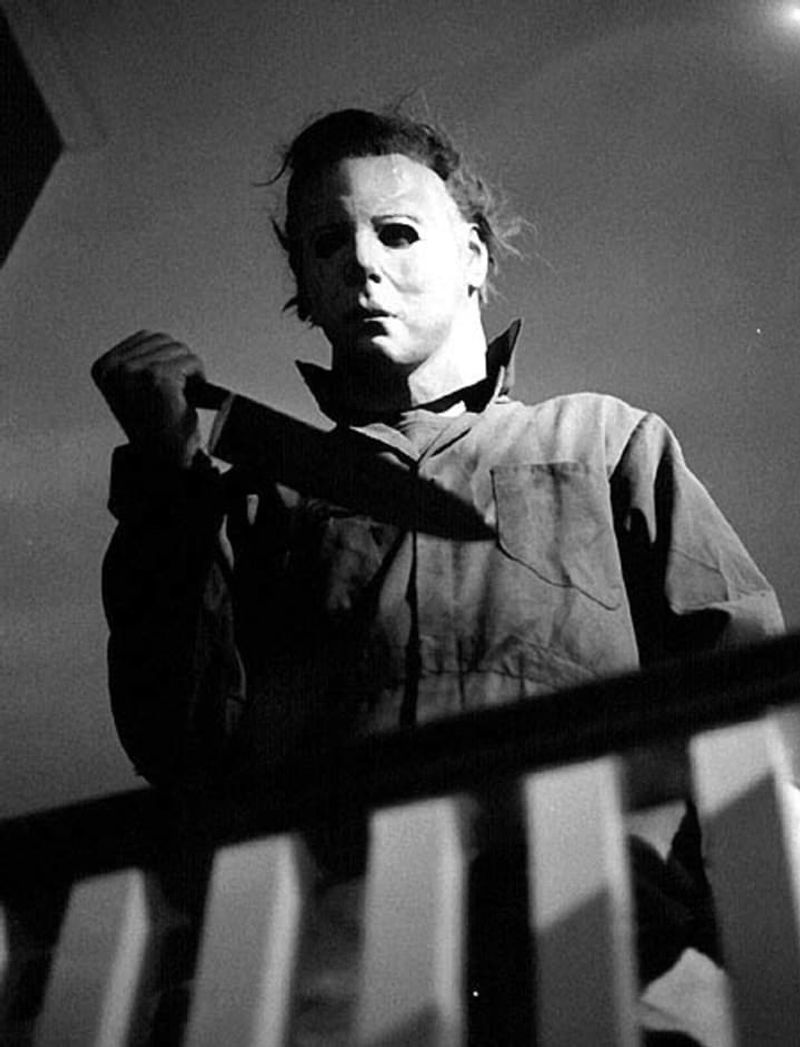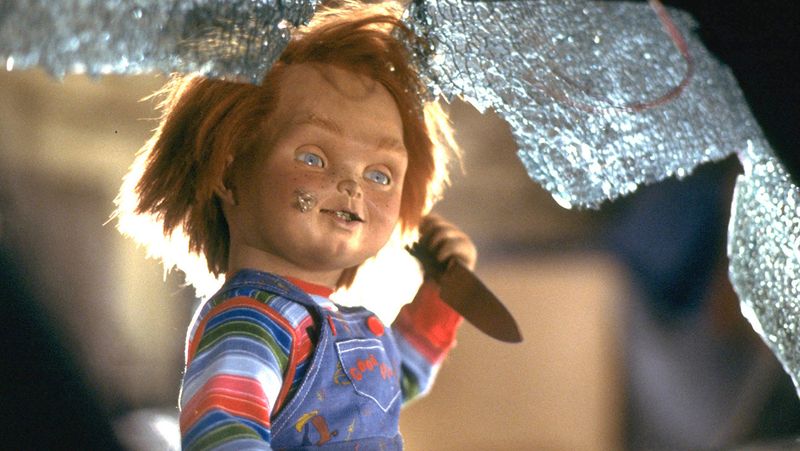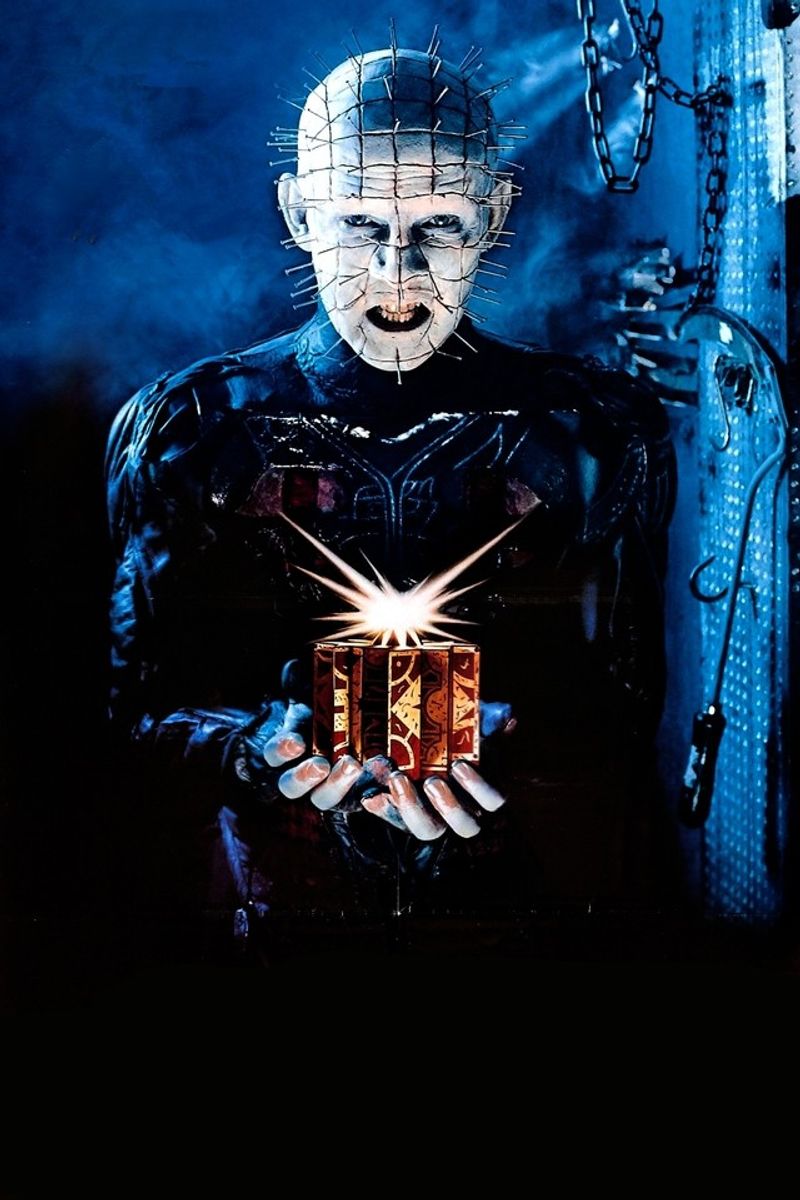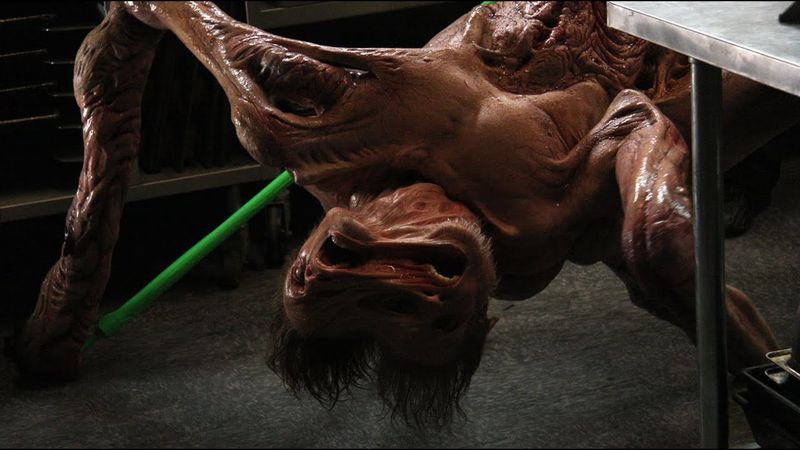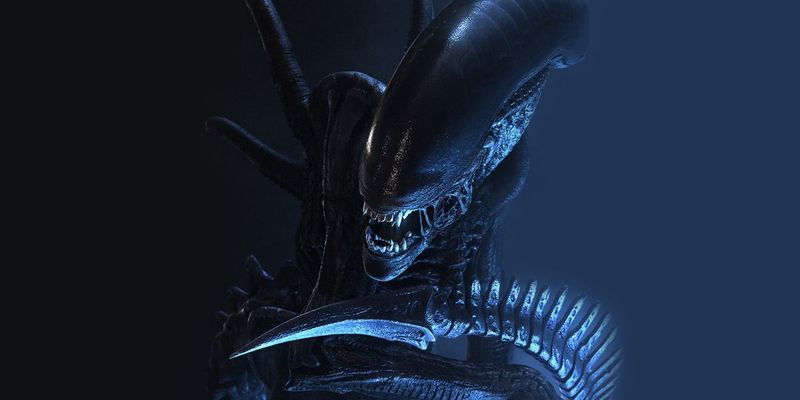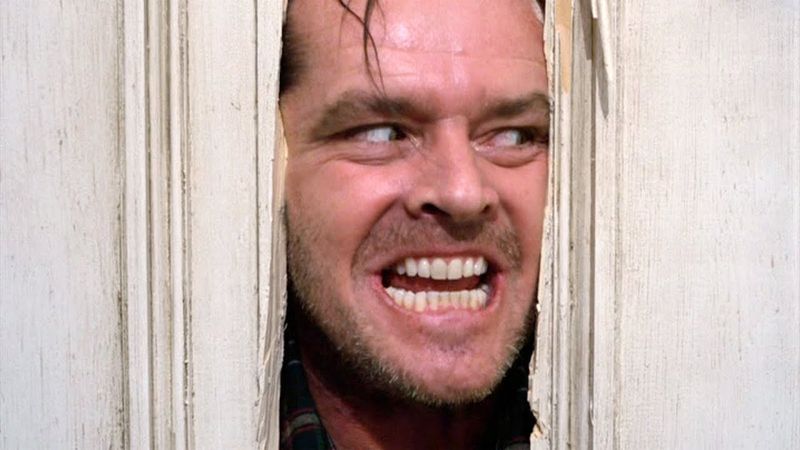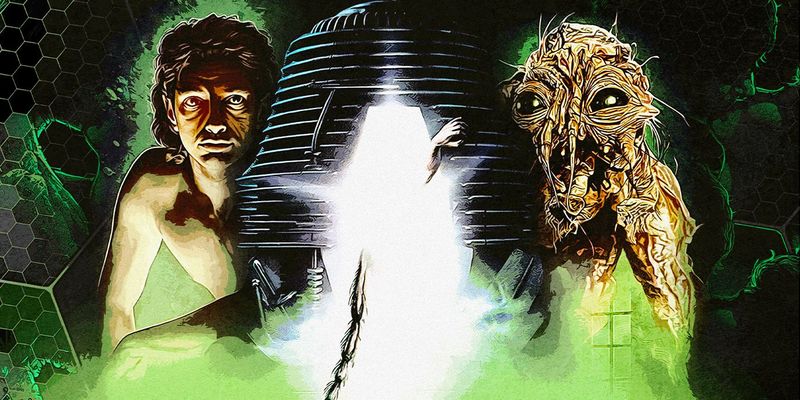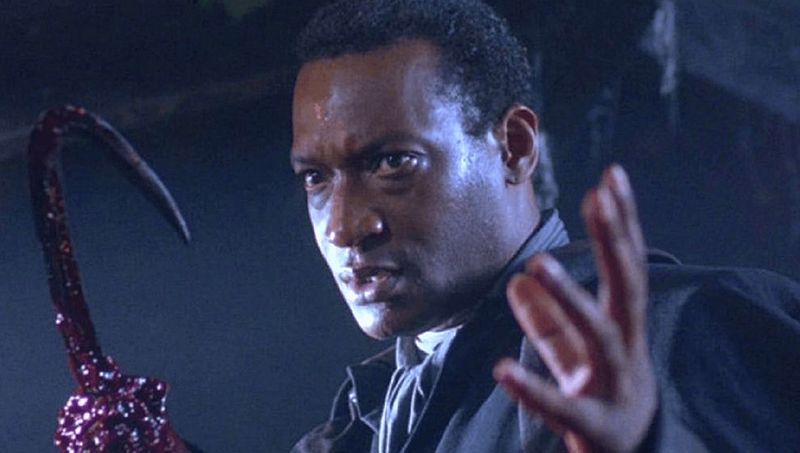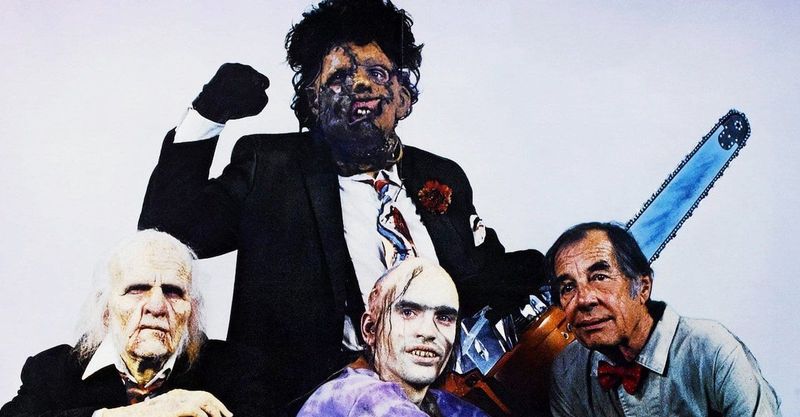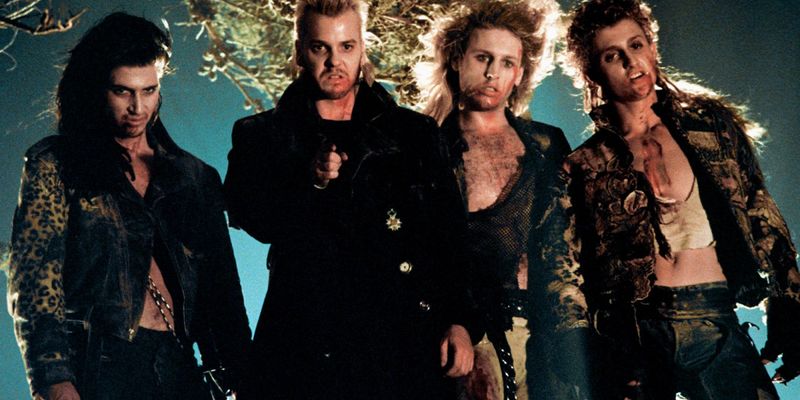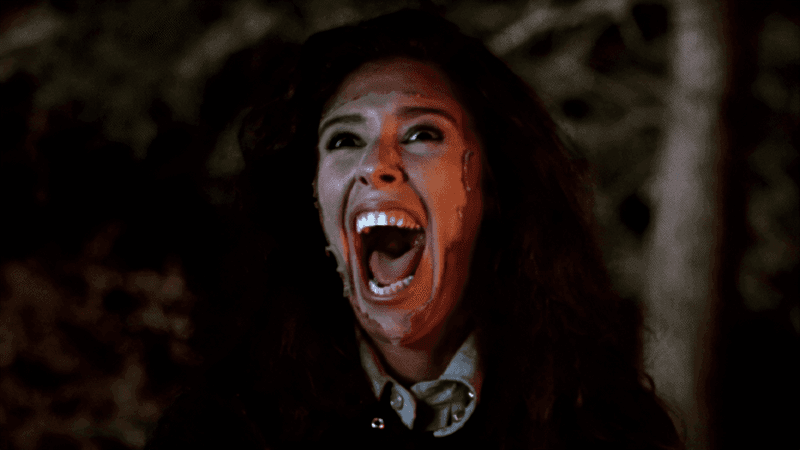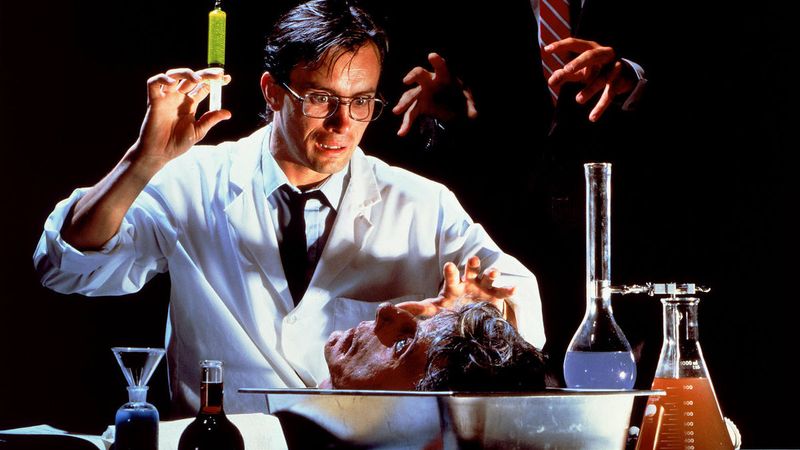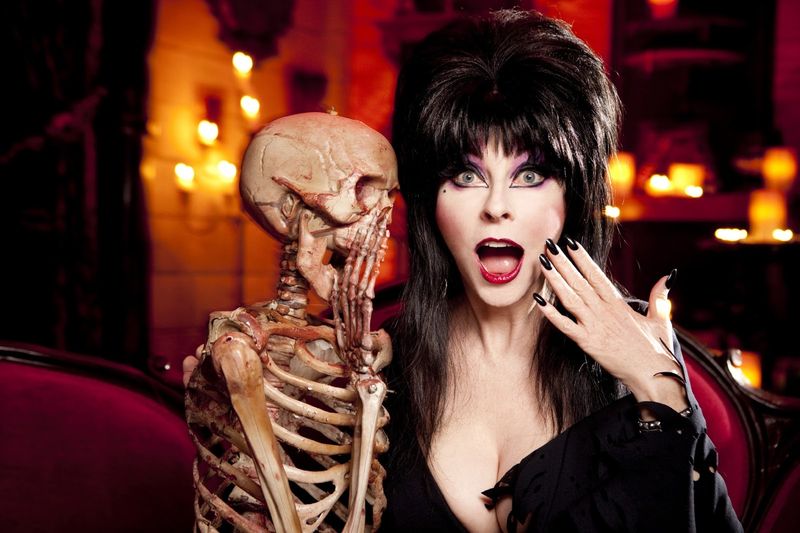The 1980s transformed horror movies forever, unleashing nightmares that still haunt us today. Blood-soaked special effects, groundbreaking makeup, and unforgettable performances created monsters we couldn’t look away from. These silver screen terrors became cultural phenomena, spawning franchises that continue decades later and permanently changing how we think about what scares us.
1. Freddy Krueger’s Deadly Dreamworld
Burned skin. Striped sweater. Razor-fingered glove. Robert Englund’s portrayal of the dream-stalking child killer revolutionized horror in 1984’s “A Nightmare on Elm Street.”
Unlike silent slashers, Freddy brought something new to the table—personality. His sinister one-liners and ability to manipulate dreams into personalized nightmares made him instantly iconic. Freddy didn’t just kill; he played with his food first.
The character quickly evolved from genuinely terrifying to darkly comedic across seven films in the decade. His cultural impact extended beyond movies into toys, comic books, and even a TV series, cementing Krueger as the charismatic face of ’80s horror.
2. Jason Voorhees: Camp Crystal’s Revenge
From drowning victim to unstoppable killing machine, Jason Voorhees emerged as horror royalty after donning his iconic hockey mask in Friday the 13th Part III (1982). The silent, hulking figure stalking through Camp Crystal Lake with machete in hand became the blueprint for countless imitators.
What made Jason terrifying wasn’t complex motivation—it was his relentless, emotionless pursuit. No reasoning, no mercy, just inevitable death marching toward you. Director Sean Cunningham never imagined Jason would become the franchise centerpiece.
Throughout the decade, Jason slashed his way through eight films, each finding creative new ways to dispatch hormone-fueled teenagers. His simple, recognizable silhouette became shorthand for slasher horror itself.
3. Michael Myers: The Shape of Terror
Born in 1978’s “Halloween” but truly flourishing in the ’80s, Michael Myers brought an unsettling emptiness to horror. Behind that ghostly white William Shatner mask beat… nothing at all. Director John Carpenter described him simply as “The Shape”—evil incarnate.
Halloween II (1981) continued the same night’s rampage, while Halloween III controversially abandoned Myers entirely. By 1988, he returned in Halloween 4, cementing his status as an unkillable force of nature. His power came from simplicity: the emotionless mask, the steady walk, the head tilt of curiosity before the kill.
Unlike his chatty contemporaries, Michael’s silence amplified his terror. You couldn’t reason, bargain, or connect with him—he was the boogeyman, pure and simple.
4. Chucky: Playtime Turned Deadly
“Hi, I’m Chucky. Wanna play?” Those innocent words took on sinister meaning when Child’s Play introduced the world to a doll possessed by serial killer Charles Lee Ray in 1988. Standing just 2 feet tall, this pint-sized terror proved size doesn’t matter when you’re wielding a kitchen knife.
Brad Dourif’s unforgettable voice performance gave Chucky his distinctive personality—foul-mouthed, sadistic, and darkly humorous. The technical achievement of bringing a murderous doll to life through puppetry and animatronics created genuinely unsettling moments as Chucky switched between lifeless toy and animated killer.
The concept tapped into primal fears about innocent objects harboring malevolence. Chucky arrived late in the decade but quickly established himself as an ’80s horror icon with staying power.
5. Pinhead: Hell’s Elegant Torturer
“We have such sights to show you.” With these words, Clive Barker’s Hellraiser (1987) introduced audiences to a different kind of horror villain. No wisecracks or mindless killing—Pinhead offered philosophical torment and beautifully articulated suffering.
Doug Bradley’s commanding performance as the leader of the Cenobites created a villain of aristocratic menace. His head methodically pierced with nails in a grid pattern, dressed in leather with flesh exposed and sliced, Pinhead represented the thin line between pleasure and pain. The character wasn’t even named in the original film.
Unlike slashers targeting horny teens, Pinhead punished those who sought forbidden pleasures through the puzzle box. His sophisticated brand of horror offered something more intellectually frightening than his contemporaries—eternal torment rather than quick death.
6. The Thing: Terror in Antarctic Isolation
John Carpenter’s 1982 masterpiece unleashed a shape-shifting alien that could become anyone—or anything. The titular creature from “The Thing” represented a new pinnacle of practical effects horror, with Rob Bottin’s grotesque transformations searing themselves into viewers’ nightmares.
Set in an isolated Antarctic research station, the film played on paranoia and distrust. When any colleague could secretly be the monster, who do you trust? The creature’s biomechanical mutations—spider heads, chest mouths, and twisted flesh—created a unique visual language of body horror.
Though initially a box office disappointment competing against E.T.’s friendly alien, The Thing gained cult status through home video. Its influence on horror grew over the decades, with many now considering it the ultimate monster movie of the ’80s.
7. Xenomorph: Deep Space Nightmare
H.R. Giger’s biomechanical creation went from hunter to hunted in James Cameron’s 1986 sequel “Aliens.” The sleek, eyeless killing machine with acid for blood multiplied into a swarming hive, facing off against heavily-armed space marines with pulse rifles and attitude.
What made the xenomorph terrifying wasn’t just its perfect killing design—inner jaws, blade-tipped tail, exoskeleton—but its reproductive horror. Forced impregnation through facehuggers and chest-bursting births tapped into primal fears of bodily violation. The introduction of the towering Alien Queen added matriarchal menace to the franchise.
While Ridley Scott’s original created claustrophobic horror, Cameron’s action-packed sequel expanded the mythology while maintaining the creature’s power to terrify. The xenomorph became the definitive sci-fi monster of the decade.
8. Jack Torrance: Madness at the Overlook
“Heeeere’s Johnny!” Jack Nicholson’s unhinged performance as a writer descending into homicidal madness defined psychological horror in Stanley Kubrick’s “The Shining” (1980). The gradual transformation from struggling author to axe-wielding maniac created a new template for horror that prioritized mounting dread over quick scares.
Isolated in the snowbound Overlook Hotel with his family, Jack’s interactions with the hotel’s supernatural elements blurred the line between ghost story and psychological breakdown. His increasingly manic expressions—the eyebrow arch, the deranged smile—became visual shorthand for insanity.
Though Stephen King famously disliked Kubrick’s adaptation, Jack Torrance emerged as one of cinema’s most memorable monsters. The character showed that human monsters could be just as frightening as supernatural ones.
9. Brundlefly: Science Gone Grotesquely Wrong
David Cronenberg’s reimagining of “The Fly” (1986) transformed Jeff Goldblum from brilliant scientist to human-insect hybrid in what remains the ultimate body horror film. Seth Brundle’s slow, agonizing metamorphosis after a teleportation accident gone wrong played out like a disease progression metaphor for the AIDS crisis.
What made Brundlefly uniquely disturbing was watching the character’s mind deteriorate alongside his body. Early excitement about his superhuman abilities gave way to horror as fingers fell off, teeth dropped out, and skin sloughed away. Chris Walas’ Academy Award-winning makeup effects created a believably repulsive transformation.
The tragic love story at the center—with Geena Davis witnessing her lover’s deterioration—elevated the emotional stakes beyond typical monster fare. Brundlefly represented science’s hubris and the body’s betrayal in equal measure.
10. Candyman: Urban Legend Made Flesh
Say his name five times while looking in a mirror, and he appears. Clive Barker’s short story “The Forbidden” became 1992’s “Candyman,” technically missing the ’80s but developed from the decade’s horror sensibilities. Tony Todd’s imposing presence and hypnotic voice created an instantly memorable boogeyman with a tragic backstory.
The son of a slave brutally murdered for loving a white woman, Candyman transcended typical slasher fare by incorporating themes of racial injustice and urban decay. His weapon of choice—a rusty hook replacing his severed hand—and his chest cavity swarming with bees created a distinctive visual horror.
Setting the terror in Chicago’s Cabrini-Green housing projects grounded the supernatural in social realism. Candyman became one of horror’s most complex and thought-provoking villains.
11. Leatherface: Texas Chainsaw Massacre Returns
The chainsaw-wielding maniac from 1974’s groundbreaking horror returned with a darkly comedic twist in “The Texas Chainsaw Massacre 2” (1986). Director Tobe Hooper deliberately pushed the character into grotesque excess, turning the backwoods cannibal into a twisted parody of ’80s excess.
Gunnar Hansen’s original portrayal established Leatherface as a developmentally disabled man-child forced into killing by his family. The sequel added layers of sexual confusion and frustrated desire beneath the human-skin mask. The character’s childlike mannerisms contrasted horrifically with his brutal chainsaw massacres.
While the original created documentary-style terror, the ’80s version embraced the decade’s tendency toward over-the-top gore and black humor. Leatherface remained a potent symbol of America’s hidden backwoods horrors throughout the decade.
12. The Lost Boys: Vampires with Attitude
“Sleep all day. Party all night. Never grow old. Never die. It’s fun to be a vampire.” Joel Schumacher’s 1987 teen vampire thriller reinvented bloodsuckers for the MTV generation. Led by Kiefer Sutherland’s bleach-blonde David, these leather-clad undead traded castles for California beach caves and formal wear for rock star aesthetics.
Unlike traditional vampires, The Lost Boys gang represented teenage rebellion taken to supernatural extremes. Their motorcycles roared through Santa Carla nights while their victims’ bodies piled up beneath the boardwalk. The film blended horror with teen comedy elements, creating a new vampire archetype.
Their feeding scenes—hanging from railroad bridges or attacking beachside bonfires—delivered genuine scares amid the stylish visuals. These vampires made the undead lifestyle look dangerously appealing to a generation of teen viewers.
13. Angela Baker: Sleepaway Camp’s Shocking Secret
Few horror endings shocked audiences like the final reveal in 1983’s “Sleepaway Camp.” The seemingly shy Angela Baker, played by Felissa Rose, harbored a secret that created one of horror’s most memorable final frames—a silent, wide-eyed stare that still disturbs viewers decades later.
Unlike typical slashers, Angela wasn’t immediately positioned as the killer, making the revelation all the more effective. The character navigated teenage cruelty and summer camp politics before unleashing bloody revenge. The film’s exploration of gender identity and childhood trauma added psychological depth unusual for the genre.
While the sequels leaned into camp and comedy, the original Angela remains a uniquely disturbing presence in ’80s horror. The character demonstrated how effective minimalist acting could be—that final expressionless face communicated more horror than elaborate makeup effects.
14. Herbert West: Re-Animator’s Mad Scientist
“You’ll never get credit for my discovery. Who’s going to believe a talking head?” Jeffrey Combs’ portrayal of the arrogant medical student obsessed with conquering death created a new kind of horror antihero in 1985’s “Re-Animator.”
Armed with a syringe of glowing green reagent and zero ethical boundaries, Herbert West represented mad science with a modern twist. His clinical approach to reanimating corpses—which invariably returned as violent, mindless versions of their former selves—provided both gruesome horror and pitch-black comedy. The character’s deadpan delivery contrasted perfectly with the escalating chaos around him.
Based on H.P. Lovecraft’s story but infused with ’80s splatter sensibilities, West became the decade’s definitive mad scientist. His single-minded pursuit of scientific breakthrough regardless of consequences reflected Reagan-era anxieties about unchecked ambition.
15. Elvira: Mistress of the Dark’s Macabre Charm
Not all ’80s horror icons were villains. Cassandra Peterson’s buxom, wise-cracking horror hostess Elvira brought gothic glamour and campy humor to the decade’s horror landscape. With her towering black beehive, plunging neckline, and valley girl-meets-vampire personality, she transformed B-movie hosting into performance art.
Beginning as a local TV horror host in 1981, Elvira quickly achieved national recognition. Her self-aware humor poked fun at both the cheesy movies she presented and her own sex symbol status. The character’s 1988 feature film cemented her place in horror history.
Elvira represented horror’s playful side during a decade often focused on extreme gore and terror. Her enduring popularity demonstrated that horror fandom could be celebratory and fun while still honoring the genre’s dark traditions.
